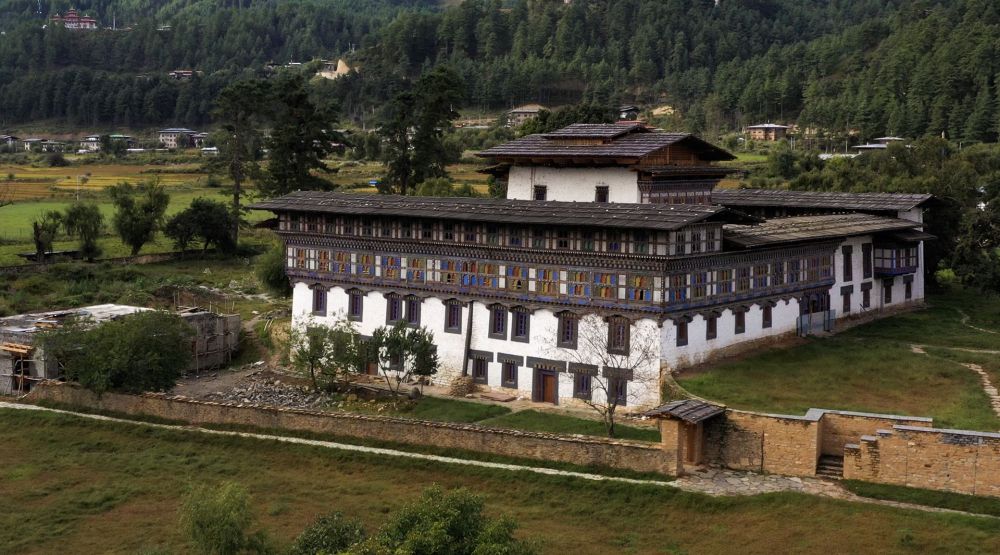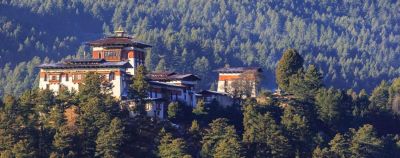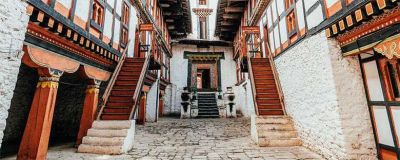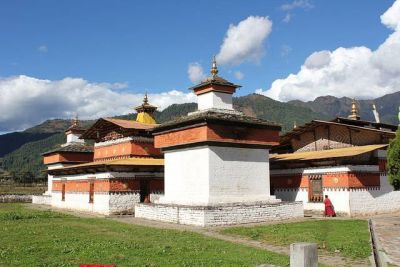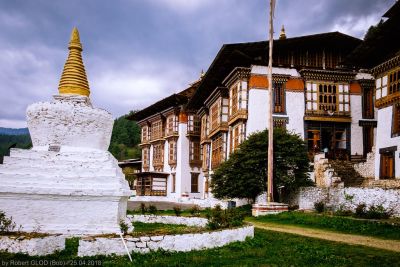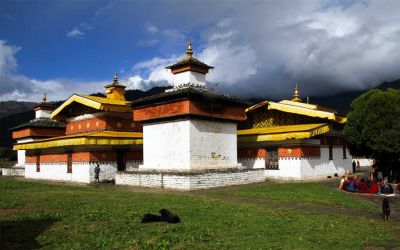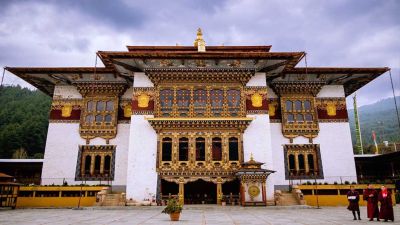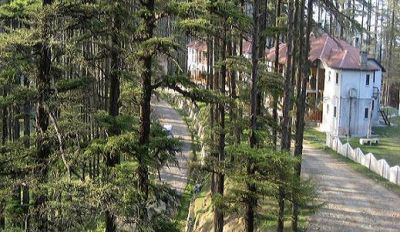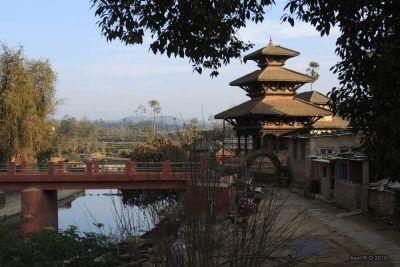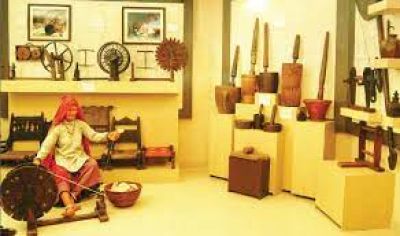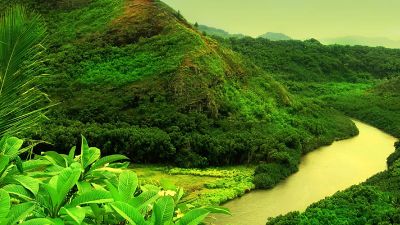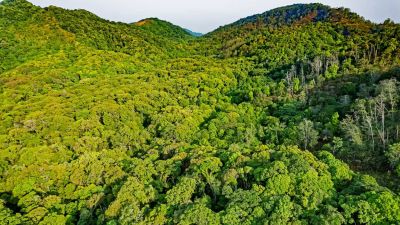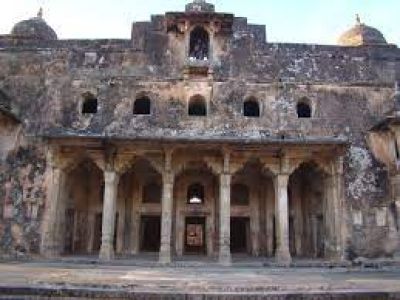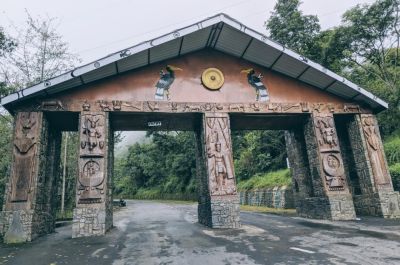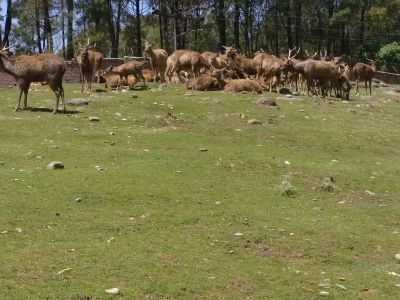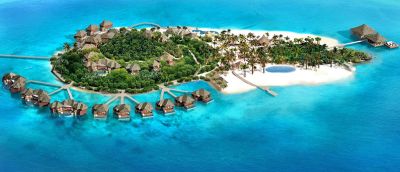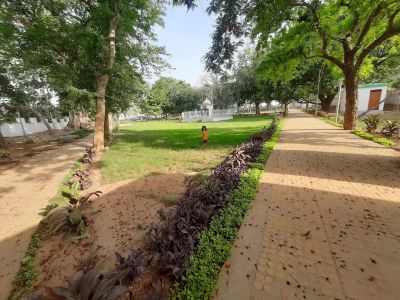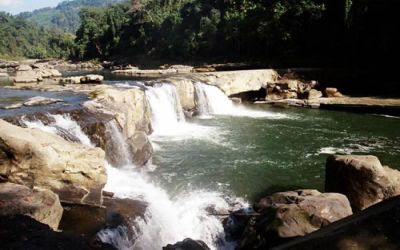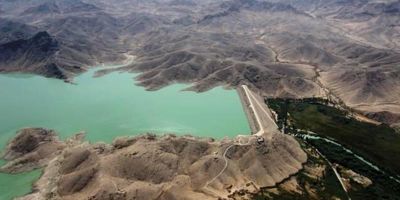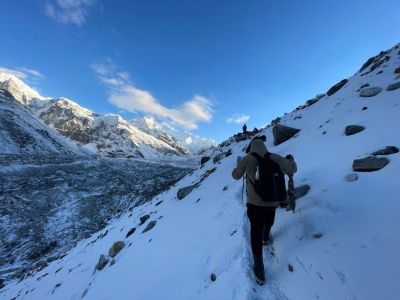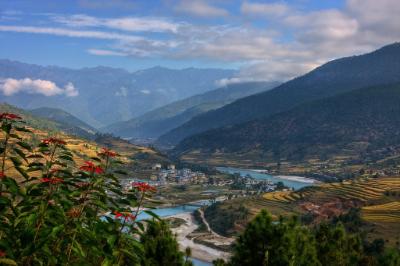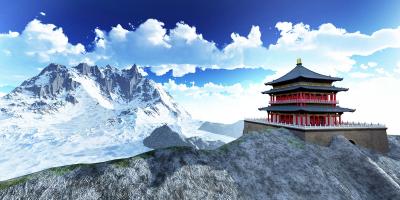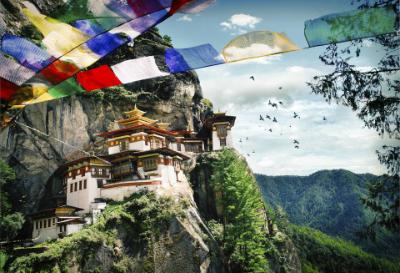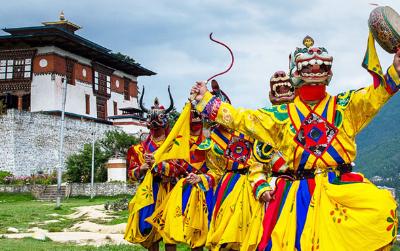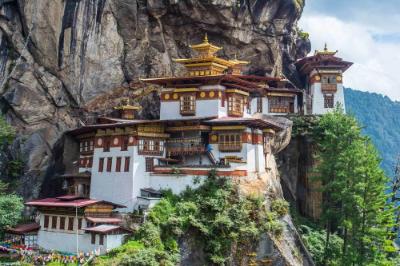Wangduechhoeling Palace, Jakar, Bhutan: A Tourism Overview
The History of Wangduechhoeling Palace
The Wangduechhoeling Palace, located in Jakar, Bhutan, is a site that holds significant historical importance. It was constructed in 1857 by Trongsa Penlop Jigme Namgyal, who was the father of the first King of Bhutan, Ugyen Wangchuck. The palace served as the birthplace of the monarchy in Bhutan and as a central power base before the establishment of the current capital, Thimphu.
Over the years, the palace stood as a testament to traditional Bhutanese architecture and the rich history of the Bhutanese royalty. However, as modernization took over, the significance of the palace as a political stronghold declined, and it was largely left to the mercy of time.
Tourism to the palace was practically non-existent for much of its existence, largely because Bhutan remained closed off from the rest of the world until the early 1970s. It was only after the kingdom slowly opened its doors to visitors that sites like the Wangduechhoeling Palace gained the attention of history enthusiasts and cultural tourists.
Tourism Developments
A major turning point for Wangduechhoeling Palace came when restoration efforts began to revive its former glory. Recognizing its potential as a cultural heritage site, the Bhutanese government, with support from international organizations, initiated projects to renovate and protect the palace. This facilitated Wangduechhoeling Palace to not just be a relic of the past but a living reminder of the country's royal roots.
With the restoration of the palace, it has been marked as an important destination within Bhutan for experiencing the nation's royal history and the Bhutanese way of life. Tourism efforts have been focused on sustainable practices to ensure that visits to the palace are in line with Bhutan's overall ecological and cultural preservation goals.
The Latest Tourism Trends
The latest trends in tourism in Bhutan, and by extension to the Wangduechhoeling Palace, have been centered around the concept of 'High Value, Low Impact' tourism. Bhutan is known for its unique approach to tourism, emphasizing quality experiences over mass tourism. This has involved the imposition of a daily tariff on tourists to help control numbers and manage tourism sustainably.
Furthermore, Bhutan promotes experiential travel where tourists actively engage with the local culture. Visitors to the Wangduechhoeling Palace can enjoy guided tours that provide insight into Bhutan's royal history and offer opportunities to participate in cultural festivities, should their visit coincide with any local events.
In response to the global COVID-19 pandemic, Bhutan temporarily restricted tourism to ensure the safety of its citizens and visitors. As travel restrictions begin to lift and Bhutan reopens to tourists, it is anticipated that the country will continue to attract those interested in responsible and culturally-rich travel experiences, with Wangduechhoeling Palace remaining as one of the key attractions.
Bhutan's restrictive approach to tourism has given it an allure of exclusivity and has helped preserve its sites, such as the Wangduechhoeling Palace, making these destinations must-see places for travelers who are keen to experience something out of the ordinary in a sustainable and respectful manner.
